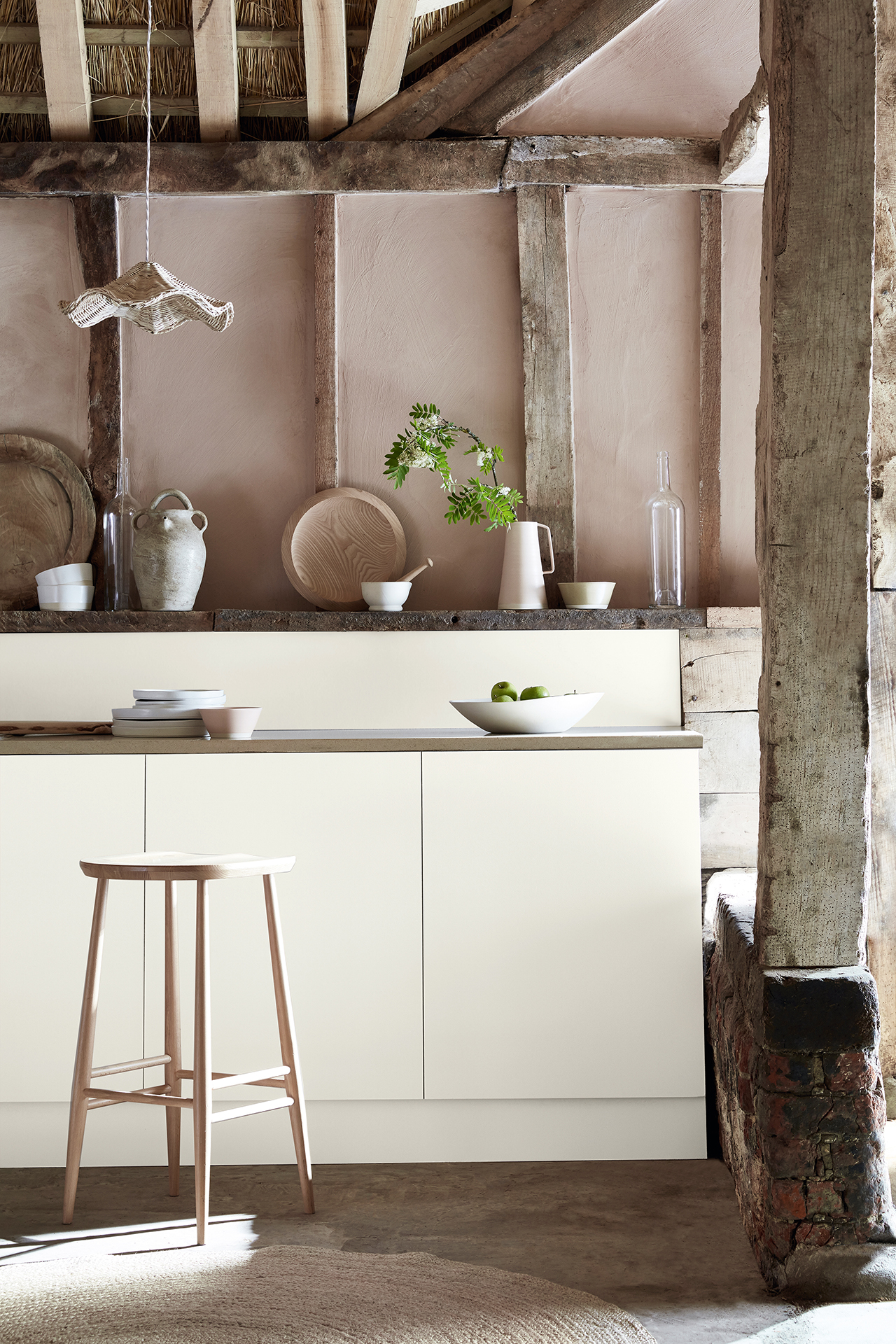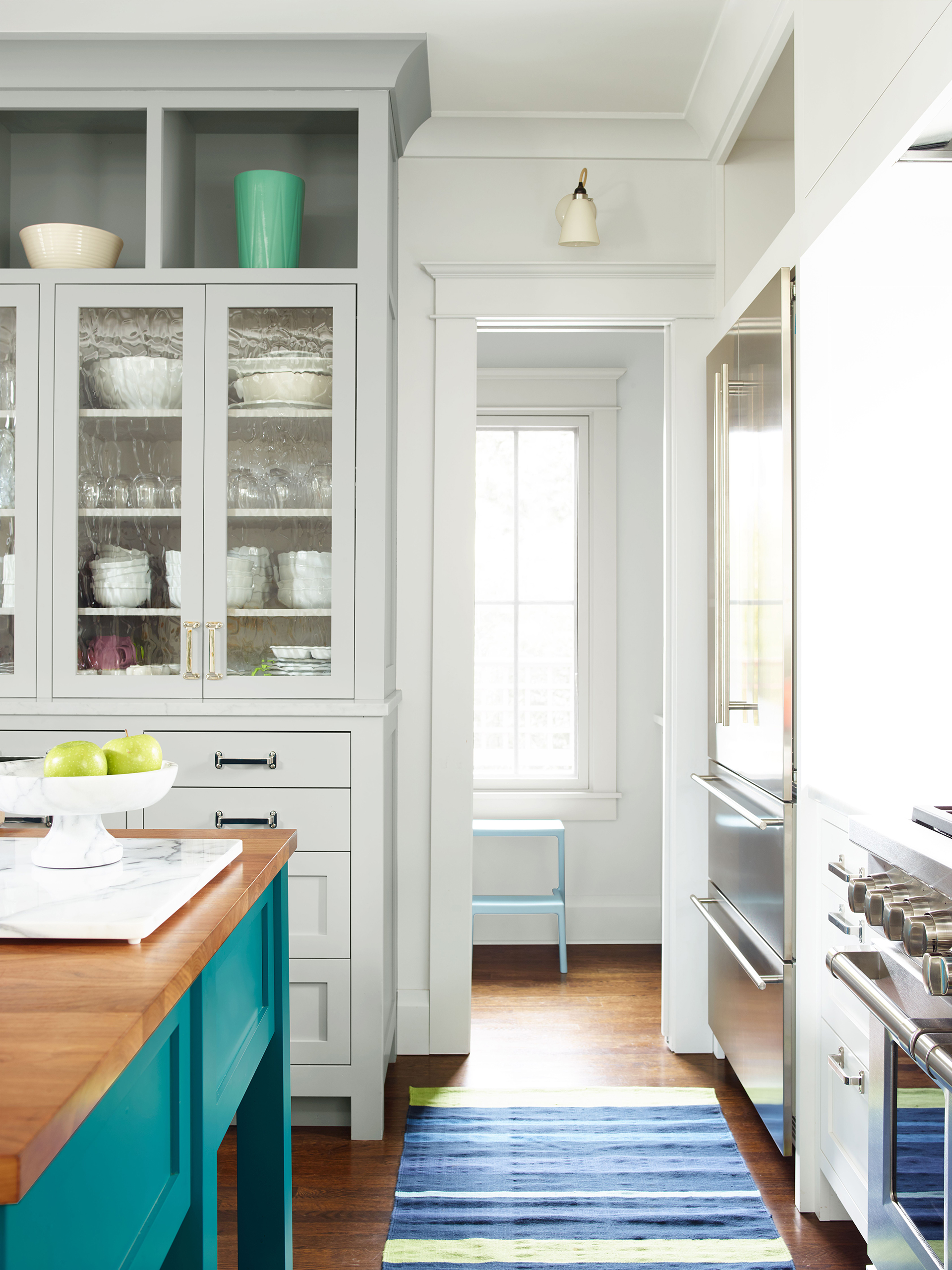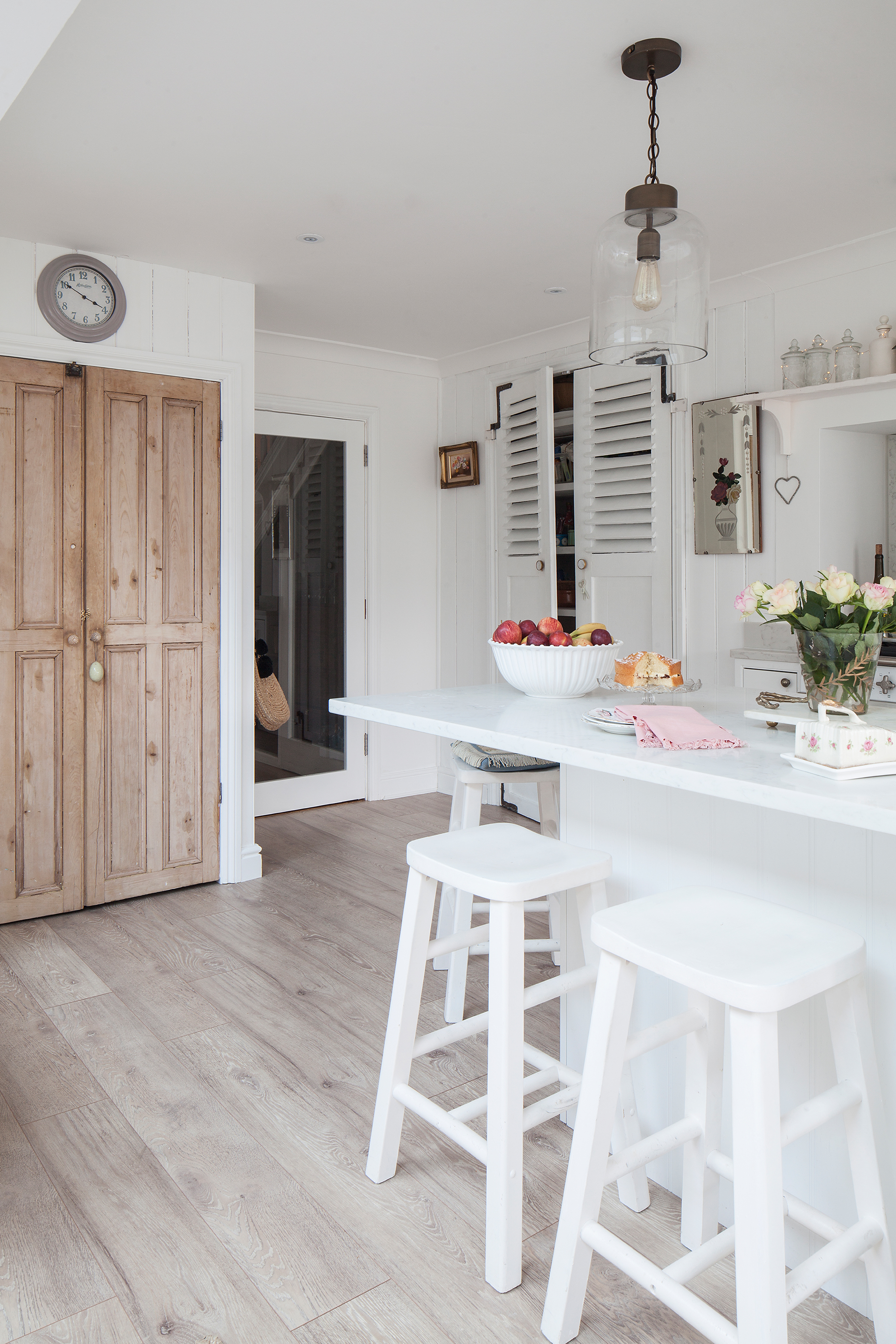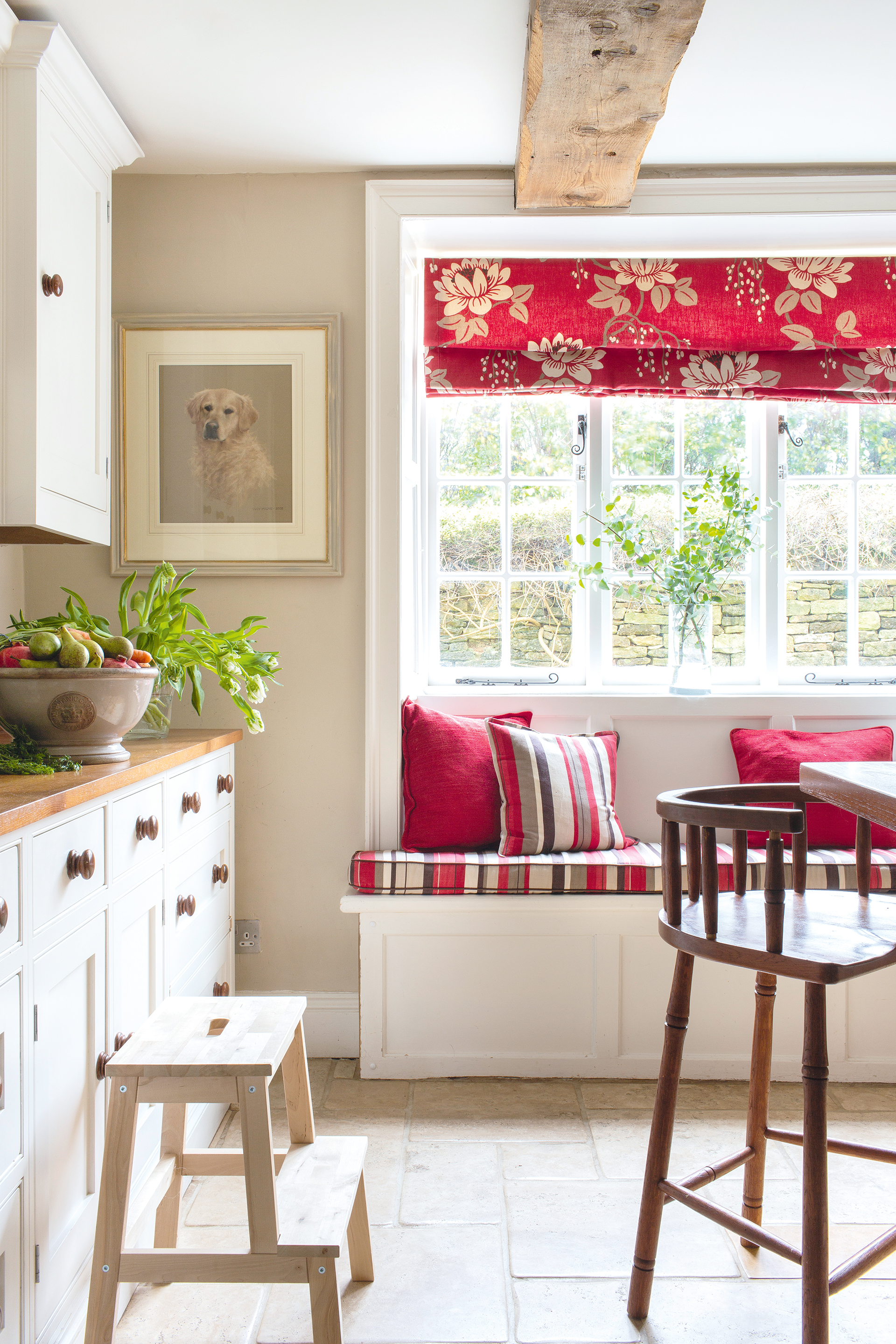Revealed: the secrets of choosing the right white paint for a traditional kitchen
WIth thousands of shades of white kitchen paints on offer, we investigate how to choose the right one for a traditional space


Versatile, bright and uplifting, white is the fail-safe option when it comes to redecorating your home – particularly a period-style kitchen.
However, choosing white paint for a kitchen in a traditional-look home is not as simple as just picking a tin called ‘white’ – there are thousands of variations of everyone’s go-to shade. To help you find the right white for yours, we asked the experts about how to choose the perfect shade.
If you're looking for more inspiration, check out our traditional white kitchen ideas gallery.
1. Take your cue from your home's period

‘A great place to start is with your style of architecture, or the type of kitchen cabinets; sleek and modern, traditional or rustic.’ says Little Greene’s creative director Ruth Mottershead.
If you live in a period home, Ruth suggests you 'choose a relevant historic color will add a sense of consistency to a design scheme' such as an aged, creamy white, like Little Greene's White Lead, for Georgian properties while or the dustier Portland Stone Pale is a great fit for Victorian homes.
- Decorating with white – pure, fresh and oh-so sophisticated ideas
2. Check the room's 'light temperature'

‘White paint is probably the most misunderstood shade of them all,’ says Helen Shaw, UK Director of Benjamin Moore. Picking a shade that matches your room's natural light temperature will ensure your kitchen stays looking white – rather than cream – and that it's welcoming.
‘White paints can feel different depending on the type and orientation of the light that hits and of course depending on whether it has been tinted. Simple, clean and classic, the best white paint colors stand easily on their own as a design element. Whites are versatile, timeless and have the power to make a room feel spacious and fresh.’
Design expertise in your inbox – from inspiring decorating ideas and beautiful celebrity homes to practical gardening advice and shopping round-ups.
So, in kitchens that receive cool light – usually those with little natural daylight because of small windows, or those that face east or north, pick a warmer white, one that has a touch of yellow in it; for kitchens flooded with natural sunlight, picking a cooler tone of white – one that's tinged with blue – so that it looks white, even when lit by the sun's warm light.
3. Consider what you're matching the white with

Of course, the finished feel of the space is not solely down to your color choice.
‘White kitchen cabinetry can feel cold and clinical, or it can feel fresh and inviting – for me, it comes down to the materials and textures you pair it with.’ says Period Living editor Melanie Griffiths ‘Natural materials like wooden worktops, stone or terracotta floors will add warmth and tactility. Opting for taps and ironmongery in an antique brass or copper finish, instead of gleaming chrome, will add further interest.’

And, of course, if you choose warm-looking materials, you can opt for a pure white rather than a creamier tone and still have a room that feels welcoming.

Having graduated with a first class degree in English Literature, Holly started her career as a features writer and sub-editor at Period Living magazine, Homes & Gardens' sister title. Working on Period Living brought with it insight into the complexities of owning and caring for period homes, from interior decorating through to choosing the right windows and the challenges of extending. This has led to a passion for traditional interiors, particularly the country-look. Writing for the Homes & Gardens website as a content editor, alongside regular features for Period Living and Country Homes & Interiors magazines, has enabled her to broaden her writing to incorporate her interests in gardening, wildlife and nature.